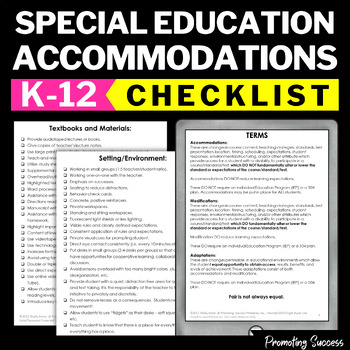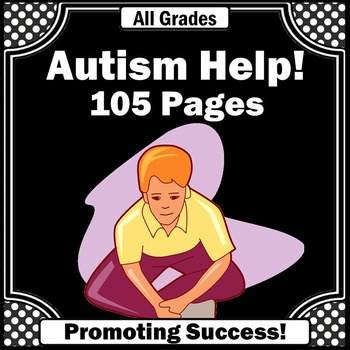Click HERE to SUBSCRIBE to our VIP newsletter for SECRET SALES and FREE printables.
Click HERE to follow us on Instagram.
Click HERE to follow us on Facebook.
--------------------------------------------
Two proactive management techniques include:
1. Modifying the environment
2. Teaching the child to cope with the environment
The best behavior strategies may be a combination of both of these techniques. The must be some expectation for appropriate behavior but the environment may need to be modified as necessary for the child to experience success.
1. Modifying the environment
2. Teaching the child to cope with the environment
"Every person needs a place that is furnished with hope." ~Maya Angelou
The best behavior strategies may be a combination of both of these techniques. The must be some expectation for appropriate behavior but the environment may need to be modified as necessary for the child to experience success.
Modifying the environment too much (with minimal expectations) causes the child to be unable to comply with social conventions and dependent on others for all environmental modifications.
Some examples of too extreme environmental modification may be:
- A child with autism doesn't like the smell of onions. Therefore, no onions are allowed in the home.
- A child isn't allowed to join a group activity for fear the child will have a tantrum.
Some appropriate environmental changes may be:
- Reducing demands (temporarily)
- Changing the physical environment (sensitive to fluorescent lighting)
- Reducing auditory distractions
The classroom environment should be supportive and safe. Please scroll down to the videos below to two classroom environment strategies: flexible classrooms and student-centered classrooms.
For more information, visit this blog post:
---------------------------
Flexible Classrooms: Providing the Learning Environment that Kids Need
Teachers must have a willingness to evaluate the classroom, let go of traditions and build an environment for collaboration. This includes different types of seating, movable book shelves and materials, nooks and crannies for quiet learners and lots of opportunities for interactions.
"Sit where you work the best."
"We work better together."
Student learning increases!
Teachers must have a willingness to evaluate the classroom, let go of traditions and build an environment for collaboration. This includes different types of seating, movable book shelves and materials, nooks and crannies for quiet learners and lots of opportunities for interactions.
"Sit where you work the best."
"We work better together."
Student learning increases!
---------------------------
Student-Centered Learning (21st Century Education)
Who is doing all the work in the classroom?
Is the content relevant to the STUDENTS' lives?
Students learn by doing.
Project Based Learning is student centered!
---------------------------
Classroom Environment: It's not about YOU, it's about THEM.
Key Elements of Environment
Sense of Belonging
Feeling Needs by Others
Equity
Value in Action
Key Elements of Environment
Sense of Belonging
Feeling Needs by Others
Equity
Value in Action
---------------------------
This video from the American Psychological Association offers some help. It is lengthy but worth the watch.
--------------------------
For a checklist of 175+ accommodations, click the picture:
---------------------------------------
You may also like these resources from our Amazon Associate store:
---------------------------------------
Click HERE to view our Teachers Pay Teachers Promoting Success store.
Click HERE to SUBSCRIBE to our newsletter for SECRET SALES and FREE printables.
Click HERE to follow us on Instagram.
Click HERE to follow us on Pinterest.
Shelly Anton is a participant in the Amazon Services LLC Associates Program, an affiliate advertising program designed to provide a means for sites to earn advertising fees by advertising and linking to Amazon.com. ** This means there are Amazon affiliate links in these blog posts. This does not mean you pay a dime more when you purchase a product through the link. It just means I am trying to save you valuable teacher time by making it easier for you to find valuable resources for your students, and I earn a few cents for my research and time. Thank you for all you do for kids!












